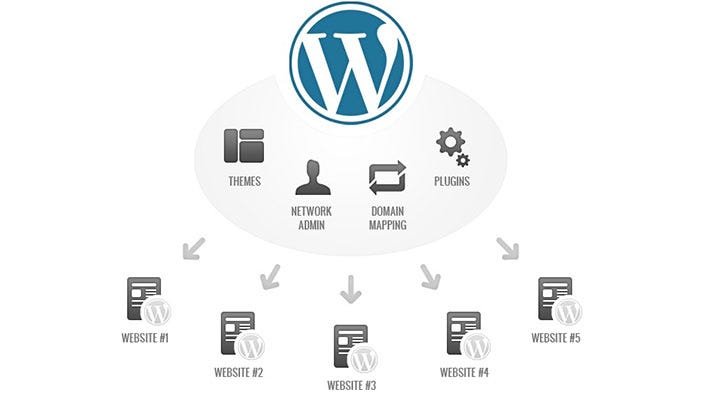The Perfect WordPress Deployment Automation Flow
WordPress is a popular content management system that powers millions of websites worldwide. When it comes to deploying a WordPress site, having an efficient and automated process can save time and effort. In this article, we will explore the perfect deployment automation flow for WordPress websites.
Version Control with Git
The first step towards a successful deployment is to use version control, and Git is one of the most popular choices. By keeping your WordPress site, themes, and plugins under version control, you can easily track changes and roll back if necessary. Additionally, version control allows multiple developers to work together seamlessly without conflicts.
Continuous Integration and Continuous Deployment
Next, implementing a continuous integration (CI) and continuous deployment (CD) pipeline ensures that changes made to your WordPress site are properly tested and deployed automatically. Tools like Jenkins, Travis CI, or GitLab CI/CD can help automate this process.
1. Automated Testing
Before deploying any changes to your production environment, it’s crucial to run automated tests to catch any potential issues. This can include functional, performance, and security testing. Popular testing frameworks for WordPress include PHPUnit for unit testing and Selenium for browser automation.
2. Staging Environment
Setting up a staging environment where you replicate your production environment allows you to test your changes before going live. This ensures that everything works as expected and minimizes the risk of any issues impacting your live website.
3. Automated Deployment
Once your changes have been tested and approved in the staging environment, it’s time to deploy them to your production environment automatically. Tools like Deployer or custom scripts using Git hooks can simplify this process.
Infrastructure as Code (IaC)
In order to achieve consistency and scalability, adopting infrastructure as code (IaC) practices is crucial. Tools like Terraform or AWS CloudFormation allow you to define your infrastructure and resources in a declarative way, making it easier to manage and replicate across different environments.
Monitoring and Rollbacks
Finally, monitoring your WordPress site after deployment is essential to quickly identify any potential issues. Implementing a robust monitoring system, like New Relic or Datadog, can help you proactively identify and resolve any performance or availability problems. If any issues are detected, having a rollback strategy in place allows you to revert back to a stable version.
Conclusion
Deploying WordPress sites can be a complex task, but implementing an efficient and automated deployment flow can greatly simplify the process. By leveraging version control, CI/CD pipelines, infrastructure as code, and monitoring, you can ensure a smooth and error-free deployment. Remember to always test your changes thoroughly before deploying to production and have a rollback strategy in place for any unexpected issues.
